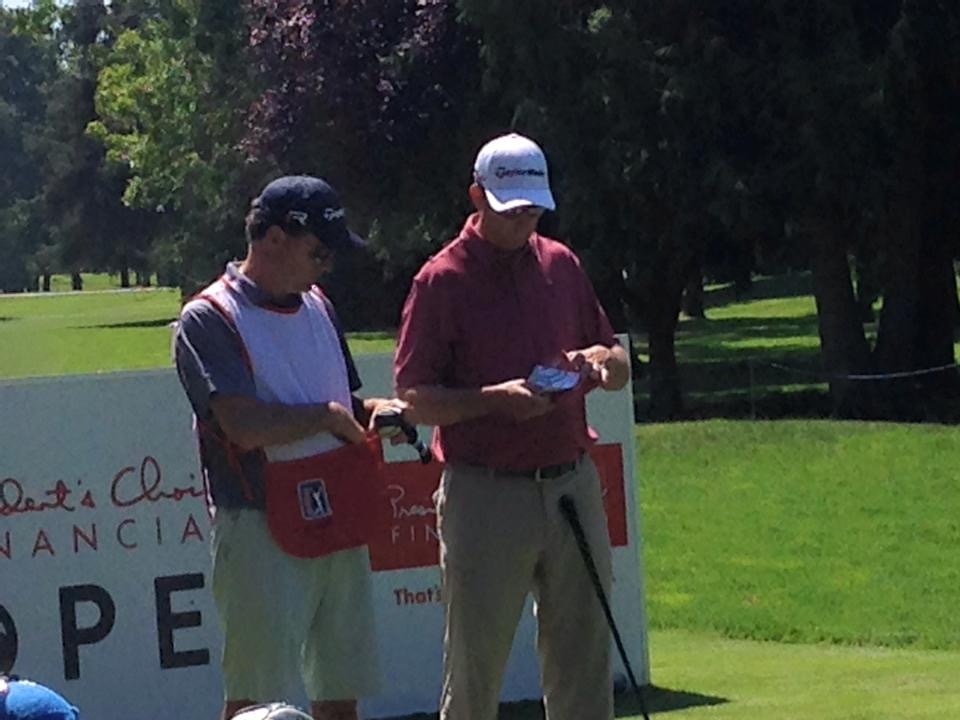Discover Expert Tips for Choosing the Right Golf Club and Targeting Your Shots for Optimal Performance on the Course

Understanding Tee Shot Strategy
1. Aiming at the Broadest Part of the Fairway
When standing on the tee box, the primary objective is to position the ball in the fairway, setting up an optimal approach shot to the green. To achieve this, aim for the broadest part of the fairway. This strategy minimizes the chances of landing in trouble areas such as bunkers, rough, water hazards, or out-of-bounds.
2. Club Selection for Tee Shots
Selecting the correct club for your tee shot is crucial. While many golfers instinctively reach for their driver, it's essential to consider the following factors:
Distance vs. Control: The driver is the longest club in the bag, providing maximum distance and the most significant risk of dispersion. If the fairway narrows at your driver’s typical landing area or if hazards are present, consider using a 3-wood or hybrid. For instance, if you're playing on a narrow fairway with a water hazard on the right, a 3-wood might be a safer choice than a driver. These clubs offer greater control and can still provide ample distance.
Dispersion Pattern: Understand your typical shot dispersion. If you hit 100 drives, the left/right spread might be around 60 yards. Therefore, ensure your target is at least 30 yards away from any water hazard or out-of-bounds area to account for your dispersion. This understanding will give you a sense of control over your shots, boosting your confidence on the course.
3. Shot Shape and Wind Considerations
Shot Shape: Shot shape refers to the direction the ball curves in the air. For instance, aim slightly left of your intended landing area if you consistently hit a fade (a shot that curves gently from left to right for a right-handed golfer). Conversely, aim right if you play a draw (a shot that curves gently from right to left for a right-handed golfer).
Wind: Adjust your target based on wind conditions. A headwind may require more club to achieve the desired distance, while a tailwind might allow you to use a shorter club for better control.
Choosing the Correct Club for Approach Shots
1. Assessing the Green
The green's shape, size, and pin position play significant roles in club selection:
Width of the Green: Aim for the widest part of the green. If the front is narrow, target a spot farther into the green to reduce the risk of landing in a bunker or rough.
Pin Position: For front pins, choose a club that will carry past the flag on a good shot, ensuring that even if you miss hit slightly, your ball will still reach the green. For back pins, select a club that would land at the flag with a perfect shot, allowing miss-hits to land in the middle of the green.
2. Understanding Your Distances
Carry Distance: Know your average carry distance for each club. This is the distance the ball travels in the air before hitting the ground.
Roll Distance: Factor in the roll after the ball lands. Different conditions (firm or soft greens) can affect how much the ball rolls.
3. Accounting for Elevation and Lie
Elevation: If you’re hitting toward an elevated green, take an extra club to compensate for the increased height. Conversely, use a shorter club for downhill shots.
Lie: The ball’s lie can influence distance and direction. For example, a ball sitting in the rough may require a more lofted club to ensure it gets airborne.
Practical Tips for Amateurs
1. Conducting a Self-Assessment
Range Sessions: Spend time on the range, hitting each club and noting the average distance. This practice helps you understand your range and make informed decisions on the course. For a more effective self-assessment, try hitting a few shots with each club and noting the average distance and dispersion. This will give you a better understanding of your strengths and weaknesses with each club.
Shot Tracking: Use a GPS device or app to track your shots during rounds. Analyze the data to see your typical distances and dispersions.
2. Course Management
Risk vs. Reward: Always consider the risk vs. reward. Sometimes, playing it safe and aiming for the middle of the green can yield better scores than aggressively targeting pins. This strategic thinking will improve your scores and inspire you to approach the game with a sense of strategy and intelligent decision-making.
Smart Misses: Plan for smart misses. If there’s trouble short, take an extra club to ensure you clear it. Choose a club that leaves you a comfortable distance short if long is trouble.
3. Mental Approach
Confidence: Choose clubs and targets that give you confidence. Second-guessing yourself can lead to poor swings and bad outcomes.
Routine: Develop a pre-shot routine to maintain consistency. Visualize the shot, select the club, and commit to your target.
Conclusion
Effective club selection and target identification are vital to a solid golf game. Aiming for the broadest part of the fairway and choosing the correct club based on your dispersion can minimize risks and improve your tee shots. For approach shots, understanding your distances, factoring in elevation and lie, and assessing the green's layout will help you make smarter decisions, leading to better scores. Remember, golf is a game of strategy as much as a game of skill. Make informed choices and practice regularly, and you’ll see improved performance on the course.
Course Management - Club Selection Tips - Part 1